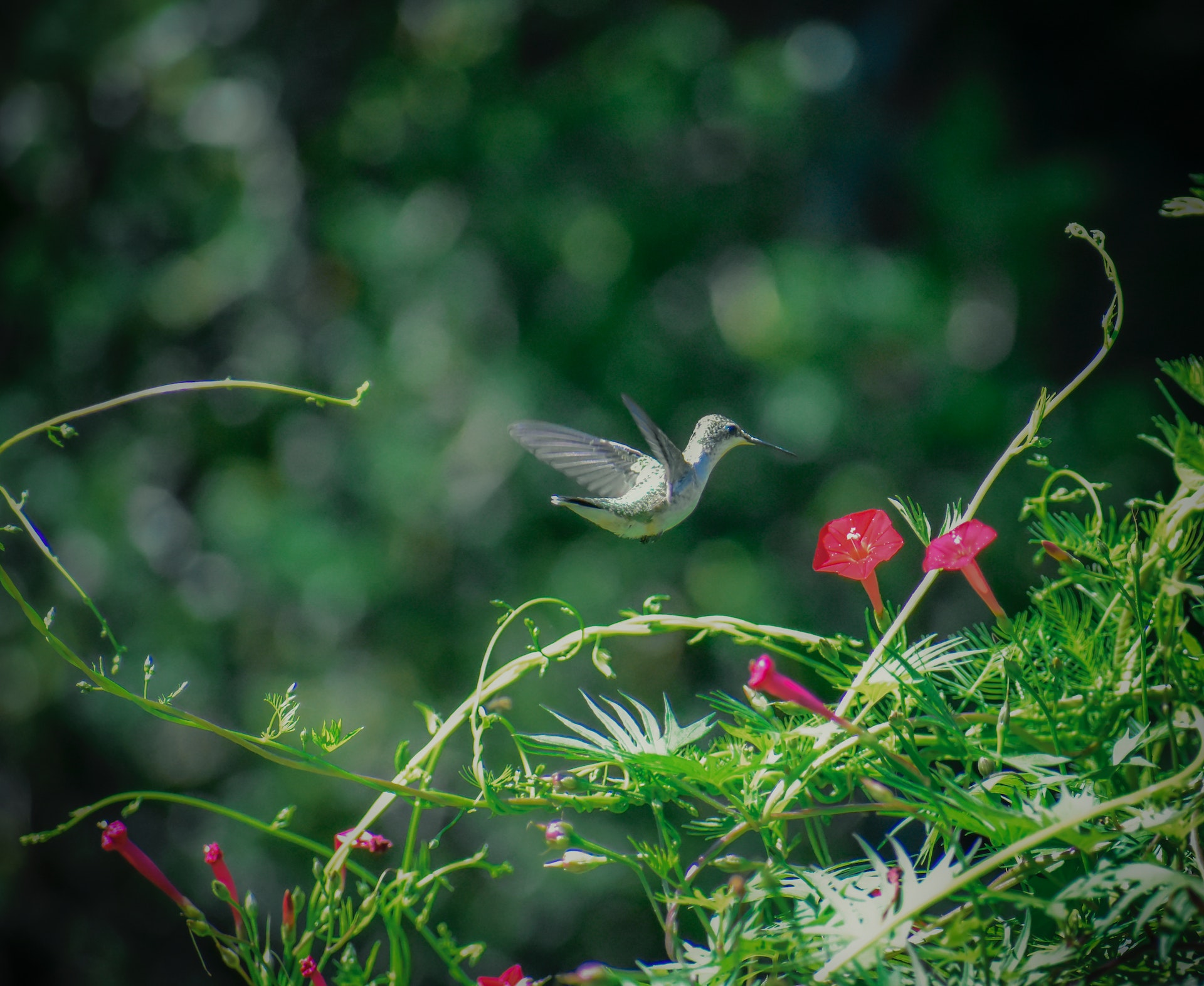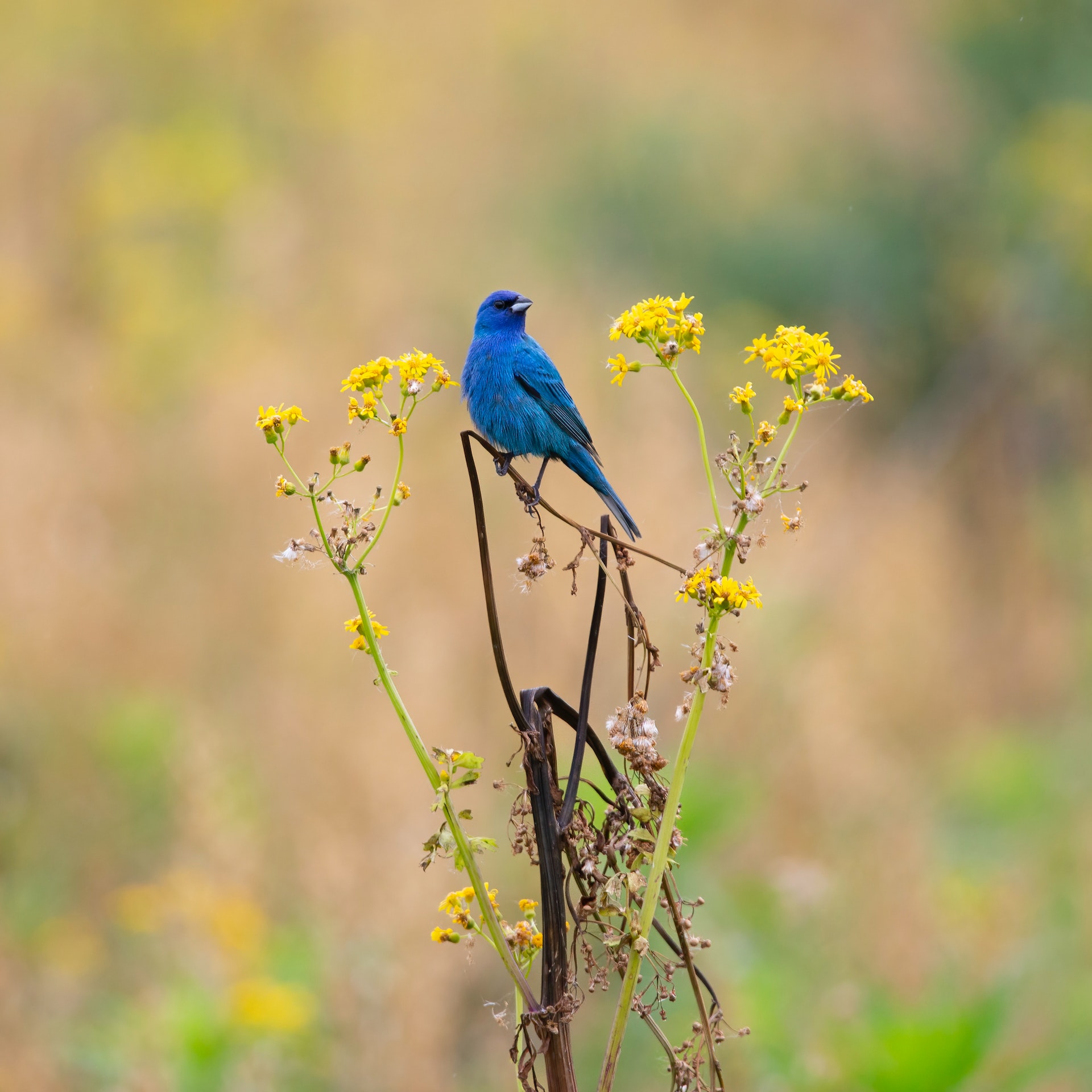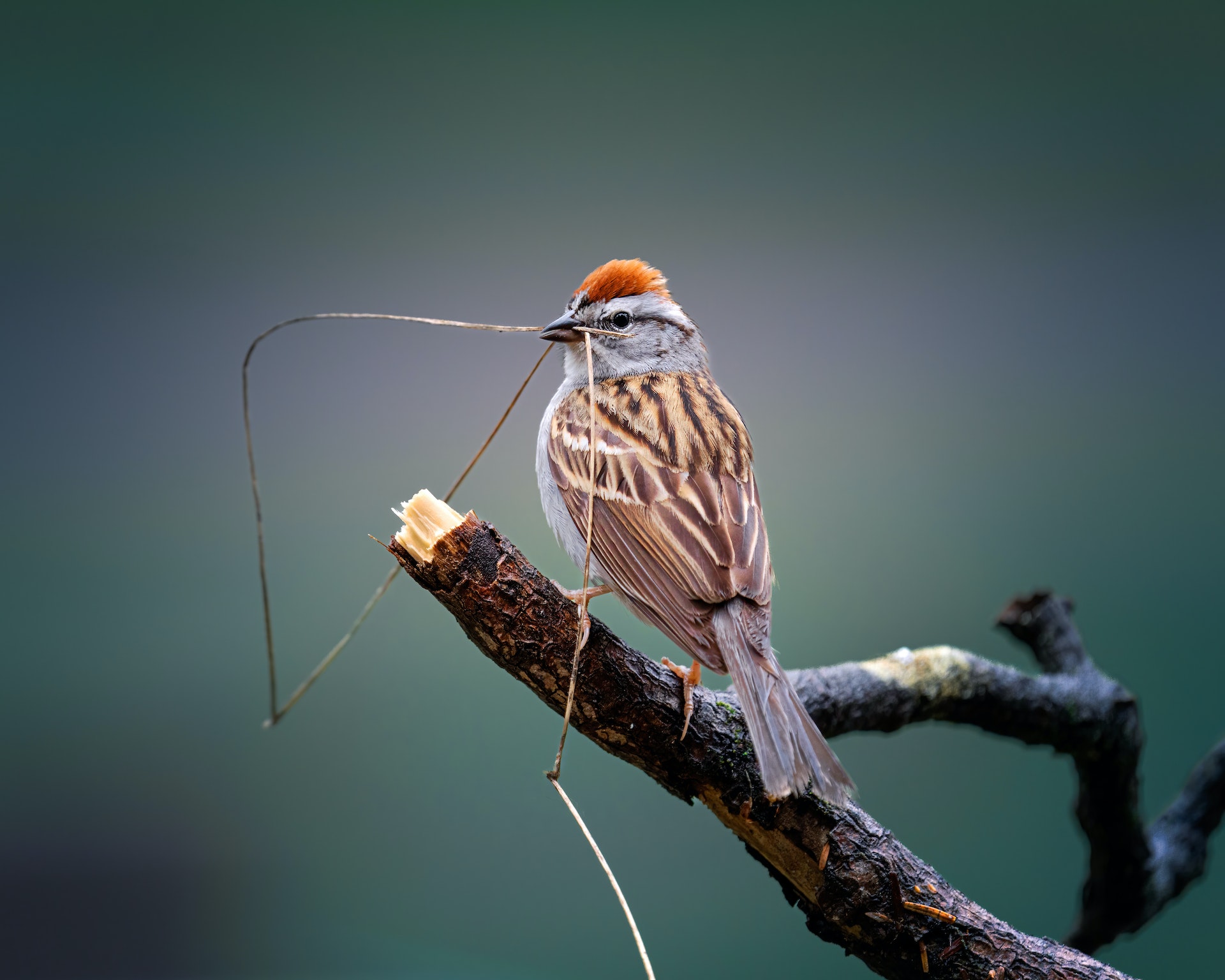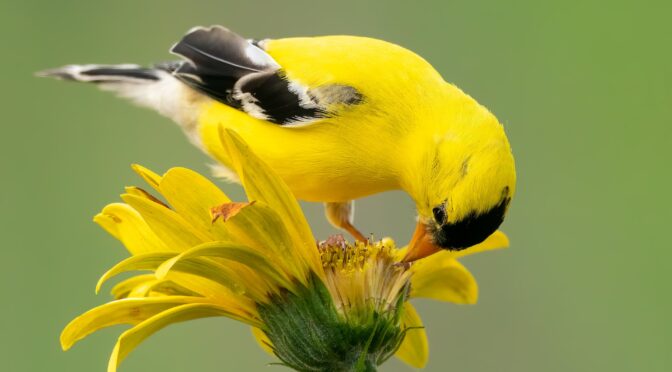Autumn is a busy time for gardeners as we sow fall crops and finish the summer’s harvesting and preserving. It’s also a critical time for migratory birds. Many of these birds have spent their summers helping our gardens thrive. They’re the Ruby-throated Hummingbirds that pollinate our flowers, the Goldfinches that feed on weed seeds, and the Eastern Bluebirds flitting through the beds, snatching up pests. This fall, there are a few simple steps you can take to help support migratory species and ensure their population returns next season.
Common Migratory Birds in the Eastern United States
Bird migration varies over species. There are short-distance migrants that move to nearby areas with more food availability, often between low and high-elevation regions. In many places in the eastern United States, American Robins are short-distance migrants.
Medium-distance migrants will often fly south in the fall, just as far as they have to avoid extreme weather and food shortages. Often, these migrations are just a few hundred miles. The Eastern Towhee is a common medium-distance migrant. Those in the Northeast often fly to Virginia or a bit farther south in the winter. Individuals in the Southeast may not migrate at all.
Long-distance migrants usually move to breeding grounds in the United States and Canada in the spring and return to wintering grounds in South and Central America in the fall. Ruby-throated Hummingbirds are an excellent example of this migration. Most individuals leave North America in the fall and winter from Mexico to Costa Rica or Panama.
Here are a few of the species you may spot moving through the Eastern United States in spring and fall:
- Chipping Sparrows
- Eastern Bluebirds
- Eastern Towhees
- Evening Grosbeaks
- Field Sparrows
- Goldfinches
- Hermit Thrushes
- House Finches
- Indigo Buntings
- Purple Finches
- Ruby-crowned Kinglets
- Ruby-throated Hummingbirds
- Scarlet Tanager
- Song Sparrows
- Yellow-rumped Warblers

How Can You Help Migratory Birds?
Migratory birds are struggling. In today’s rapidly changing world, these excellent garden helpers struggle to adapt and cope with climate change, habitat loss, pesticide use, light pollution, and collisions with vehicles, buildings, and other human-made structures.
While we can’t fix all of these issues, you can take a few simple steps to lend migratory birds a helping wing.
Go Lights Out for Birds
Light pollution doesn’t just affect stargazers and moths; it’s a severe threat to migratory birds. Bright light sources often disorient these birds, which typically migrate at night. Disoriented birds may hit buildings or waste energy and become exhausted and more susceptible to predation.
Turn off exterior and decorative lighting. For essential outdoor lighting, switch to motion sensor lights or down-shield lighting to eliminate glare and upward-pointing light.
Turn off interior lighting at night, especially in higher-story buildings. Pull curtains at night to cover windows in areas where lighting is necessary or use task lighting.
You can also get others involved by working to start an Audubon Lights Out Chapter in a city near you.
Make Daytime Windows Safe
Many people have heard or seen a bird hit a window. They see the reflection in the glass and perceive it as a habitat they can fly into. Use glass paint, strings, screen, or film to break up these reflections and make them easier for birds to spot. Encouraging local businesses to create window murals can save birds from this fate.
Keep Feeders and Bird Baths Clean
Bird feeders can be especially helpful for migrating species like the Riby-throated Hummingbird that need all the energy they can get for a long journey. That said, it’s essential to keep them clean and sanitary. Especially during migration, hundreds of birds may visit a single feeder, which can spread disease if not kept clean. The same goes for bird baths. Dirty bird baths can spread diseases, contain harmful algae, or become breeding grounds for disease-carrying mosquitoes.
Hold Off on Garden Clean-Up
Birds will probably enjoy your garden and yard better if you don’t keep it perfectly tidy. Leaving standing dead plants a little longer allows resting places for migratory birds to hide and search for insects as they journey south. This also applies to standing dead trees in forested areas on larger properties.

Plan a Migratory Bird-Friendly Garden
As you plan for next year, think about birds as you plan your garden. Flowers like sunflowers, Black-eyed Susans, and echinacea provide great food for pollinators and seed-eating birds. Species like mulberries, chokecherries, elderberries, and serviceberries are also great options for feeding the birds without a feeder. Whenever you can, native plants are an excellent choice.
Varying the height and texture of plants in your garden can also make it more attractive to many small bird species, which will find places to hide and nest in dense shrubs and places to perch on taller trees and plants.
Support Bird-Friendly Legislation
Legislators have the power to influence changes on a larger scale. Encourage local or state legislators to support legislation like the Federal Safe Buildings Act or other legislation focusing on sound farming practices. These issues can make a huge difference in protecting migratory bird species.
Avoid Using Pesticides and Other Chemicals
The most commonly used class of pesticides in the United States are called neonicotinoids or “neonics.” These systematic pesticides are fatal to insects and the birds that consume them. Other commonly used products like weed-killers 4-D and glyphosate (used in Roundup) can also harm birds and other wildlife.
Purchase Shade-Grown Coffee and Local, Organic Food When Possible
This step may be out of reach for many on tight budgets as food prices continue to rise. However, if it’s available to you, buying locally grown, organic food ensures you’re not supporting destructive farming practices like heavy pesticide applications and slash-and-burn agriculture. Shade-grown coffee leaves trees intact, providing critical habitat for birds that winter in South and Central America.

Keep Your Cat Inside and Encourage Spay/Neuter Programs
It’s estimated that cats kill 2.6 billion birds in the United States and Canada each year. Keeping your cat indoors or building a “catio” can protect your cat from predators and save migratory birds. Spaying and Neutering are also critical for cats. It’s estimated that 110 million feral cats are now in the United States and Canada. These cats lead short, harsh lives and are thought to cause about 2/3 of the cat’ bird kills in the United States.
We may not be able to fix the world, but we can take small steps to improve it. Picking a few simple tasks off this list can lessen the stress on migratory birds this fall and help preserve them for generations to come.

